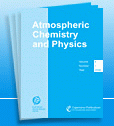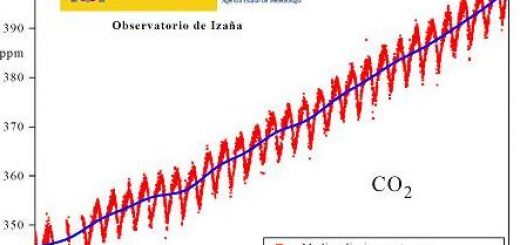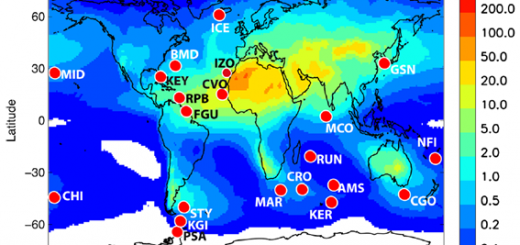A new study on ultrafine particles and air quality is published in Atmospheric Chemistry and Physics

Air pollution by ultrafine particles (diameter smaller than 0.1 micron) has become in a matter of concern for air quality managers. Several reports of the European Union advice to Member States and to scientific community to perform studies that lead to identify the origin of ultrafine particles and their health effects on human health.
A new study published in Atmospheric Chemistry and Physics – ACP (issue of July, vol 10, n7) shows how emissions of sulphur dioxide (SO2) from crude oil refineries, industrial activities, power plants and ships, results in high concentrations of ultrafine particles. Previous studies, mostly performed in Central and Northern Europe, had shown how a predominant fraction of the ultrafine particles in urban air were originated by vehicle exhaust emissions. The new study published in ACP shows how ultrafine particles concentrations in areas where SO2 emissions are important are high. The study was performed in Huelva city (SW Spain) by researchers of the University of Huelva, the Izaña Atmospheric Research Centre and the Research Council of Spain (CSIC). Ultrafine particle concentrations in Huelva show high values during noon and afternoon. In this period, the inland sea breeze blowing result in the transport of the SO2 plumes emitted in the shore to the city centre. The highest ultrafine particles concentrations in Huelva are recorded from 12:00 to 17:00 h local time, due to ultrafine particle formation by oxidation of SO2 by sun light. In contrast, the highest concentrations of ultrafine particles in cities of Central and North Europe are recorded during the morning rush hours due to vehicle exhaust emissions.
The publication “Ultrafine particle formation in the inland sea breeze airflow in Southwest Europe” is under open discussion until the 17 of Sept 2010: http://www.atmos-chem-phys-discuss.net/10/17753/2010/acpd-10-17753-2010.html







